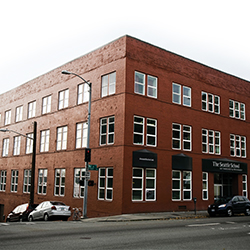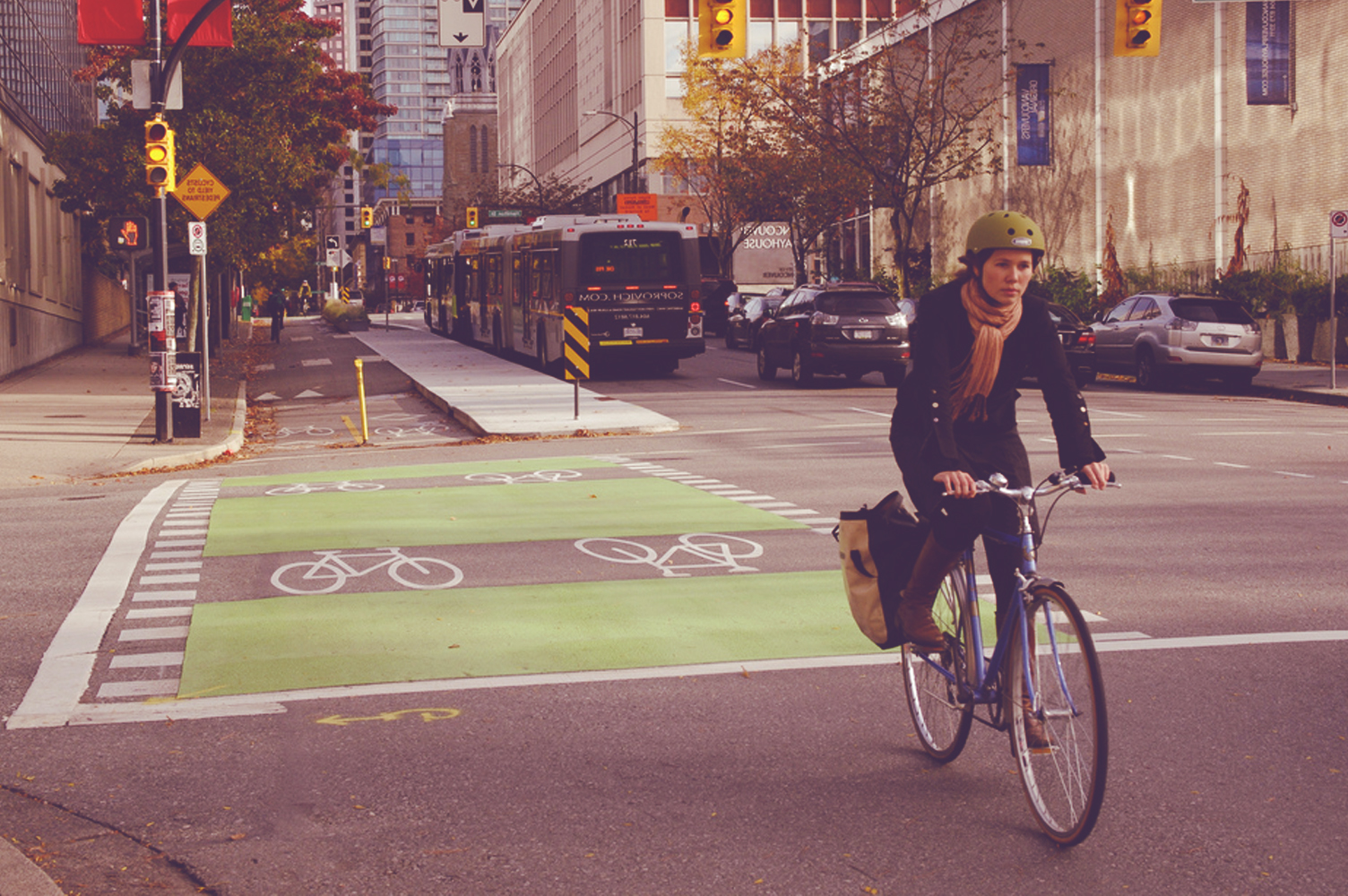With no free parking near The Seattle School, many students turn to alternative forms of transportation to get to and from school. To help you plan for that, we wanted to provide some resources for navigating Seattle without a car:
Busing
Busing is the primary way most people get around Seattle. You can utilize these maps to get an overview of the different bus routes, and to plan your own you can use the King County Metro Trip Planner.
Smartphone apps such as OneBusAway or Transit can be another helpful resource. These apps use your phone’s GPS to locate bus stops near you and provide scheduling and bus lines. It’s also helpful to bookmark frequent stops!
An ORCA card will be your ticket to adventure and freedom. It is a reloadable transit card that works for the bus, the light rail, the ferry, and even the water taxi! If you ride the bus more than once a day, we suggest purchasing a monthly pass and adding some dollars to your e-purse. These can be purchased online or at select locations around the city. We recommend purchasing a monthly pass to cover standard commutes, and you can add money to your e-purse if you need more. For most bus lines, you pay immediately upon entering the bus at the front. Some stops (especially on the Rapid Ride lines) have ORCA readers at the stop, so you can scan your card and hop on the bus through any door. Depending on your income, you may also qualify for the ORCA Lift program, which offers reduced fares. Alternatively, if you don’t want to purchase an ORCA card, you can pay with cash every time you get on the bus. However, be sure to bring exact change, as the bus drivers don’t have the ability to make change for you if you overpay.
Rapid Ride
There are a few bus lines, called Rapid Ride, that run more frequently and cover major routes. Because of their frequency, you don’t even need to rely on a schedule or worry about catching a particular trip. You can expect service at least every 10 minutes during the busiest morning and evening travel hours, and 15-minute service during off-peak periods. They are scheduled for late night/early morning service. Full service seven days a week!
Some extra bus etiquette you’ll want to be aware of:
- When boarding the bus, be sure to wait for everyone on the bus to get off before you get on. When getting off a busy bus, have patience with the large crowds.
- Sometimes if there’s an open seat it’s helpful to take it, as this offers more room for those who are standing, and gets you out of the way as people are trying to get off the bus. Simultaneously, offering your seat to others is always nice if you have capacity to stand—especially in the front half of the bus which is reserved for the elderly and people with disabilities.
- Remember to keep your bag on your lap or on the floor—seats are for people!
- Greet the bus driver and thank them on your way out. They’re doing hard work!
Bus rides can be perfect times to listen to audiobooks or podcasts, read school texts, or begin and end your day listening to your favorite playlists! Take heart: Once you get your bearings, you’ll quickly learn which bus routes get you where you need to go!
Busing alternatives for when you need to get out of the city:
Cycling
Seattle is a growing cycling city. Even with all the hills and the rain, cycling is a major mode of transportation in this city. With lots of bike trails and bike lanes, you can often navigate the city faster on a bike than in a car. Take a look at this incredible Interactive Bike Map that the City of Seattle has provided.
A warning: You can get ticketed in Seattle if you choose to ride without a helmet, so don’t be reckless! When you are sharing the road with cars, it’s just the smart thing to do.
You can find bike racks outside of most businesses and carrier racks on the front of all of the metro buses. There are a ton of local bike blogs, so do a Google search and check them out!
Seattle is also home to the Cascade Bicycle Club, the largest bicycling club in the United States, with more than 15,000 members. They put on some fantastic local events, many of which are free, and organize a number of group rides each year, including one to Portland, OR and one to Vancouver, BC!
Walking
Seattle is a small city land-wise, running about 20 miles north to south and 10 miles east to west. This makes walking a very reasonable mode of transportation for those of you who live within a 3-5 mile radius of the school. Drivers tend to be pretty aware of pedestrians, and you’ll also find lots of sidewalks, crosswalks, and pedestrian bridges throughout the city. Keep in mind that jaywalking is still considered a ticketable offense and fines can be pricey.
Light Rail
Seattle’s Link Light Rail is a work in progress. Currently the light rail runs between the University of Washington Stadium and just south of SeaTac International Airport. If you live south of downtown, this is great news for you! Eventually it will extend up north, through Northgate and all the way to Lynnwood. Fares range from $2.25 to $3.25 depending on how far you ride.
Feel free to contact your Admissions Counselor if you’re trying to decide if bringing a car is right for you. Many people who bring a car find that taking the bus is their primary transportation, and saving their car for longer trips ends up saving the most money and time. At the end of the day, of course, you’re free to choose whatever works best for you and your lifestyle!


